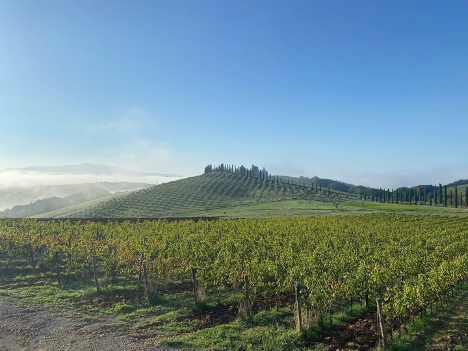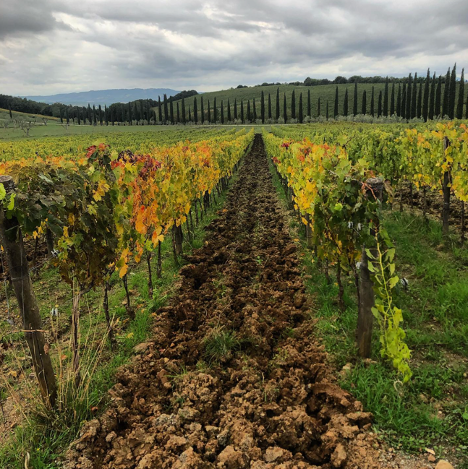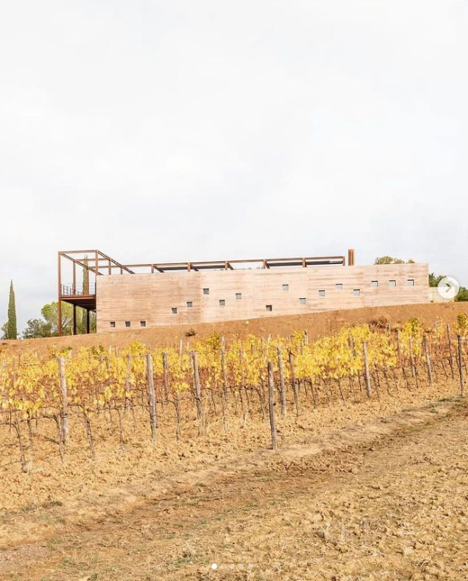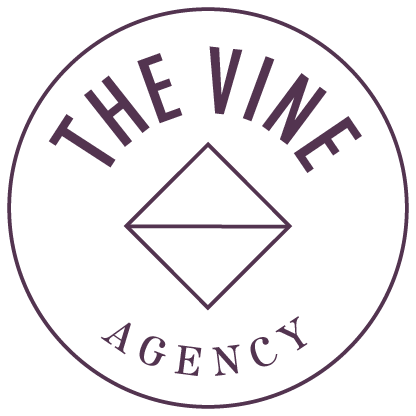CUPANO, Montalcino
The story of Cupano is a relatively recent one. But in a short period of time they have garnered much praise and are now considered one of the jewels of Montalcino.
Ornella Tondini and Lionel Cousin moved to Montalcino from Paris in the 90s. Ornella, a journalist at L’Autre Journal and Lionel, a filmmaker and director of photography, already had a love affair with the region, having hosted many comtemporary artists, actors, musicians and writers at Frescobaldi’s Il Giardinello. In 1994, they purchased Podere Centine, a 35ha estate located in the south-west corner of Montalcino. The estate had been abandoned for over 40 years and, thus, was free of fertilizers, pesticides and other chemicals used in modern day agriculture. It was in a natural state which allowed for the immediate adoption of organic viticulture, which was subsequently followed by the implementation of biodynamics a few years later. In 1997, Ornella and Lionel planted 3.4ha, the majority to Sangiovese. In 2013, another 3ha was planted, again the majority to Sangiovese but with more Cabernet Franc, Cabernet Sauvignon and Merlot introduced. Today, the estate comprises 6.4ha of vineyards, 2ha of olive trees, 8ha of arable farming land and 18ha of forests.
The terroir and micro-climate of the estate is fairly unique in Montalcino. The soil is primarily sandy clay but with a large substructure of cobblestones. This is a result of the Ombrone river, that used to flow across these hills until the tectonic shift of Mount Amiata (an ancient volcanic mountain), created the river valley leaving all the sediments behind. This is a temperate climate. Located just 30km from the Mediterranean sea, the breezes flow through the river valley.
Cupano’s first vintage was in 2000. In the early years, the wines were made for aging, very much in the French style. Lionel, born in Cognac, was introduced to winemaking by Jacky Rigoux, a pupil of Henri Jayer. Lionel had a vision that this virgin land, combined with Burgundian inspired techniques could produce something truly special. And he was right! If you have the opportunity to taste some of his earlier wines you will be inspired. Today, winemaker Andrea Polidoro, still takes meticulous care of the winemaking process at every step but the wines are more approachable at an earlier age due, in part, to a reduction in the amount of new oak used, now around 25%. All work in the vineyards is done manually. The grapes are meticulously sorted, followed by destemming and a very soft gentle pressing. Natural fermentation with constant pump-overs in steel tanks without temperature control is followed by racking, malolactic fermentation and then the wine is allowed to rest for a few weeks prior to the aging period in barrels. The barrels are tasted regularly, they are rolled over on their Oxoline system which stirs up the fine lees until finally the bottling is done without filtration.
‘The results, quite frankly, are stunning. While there’s a modern flair in their youth, these are not wines that hide the character of Sangiovese under a veil of oak. Instead, the Cupano wines find a balance between richness, elegance and poise.’ Eric Guido, Vinous, Nov. 2021



